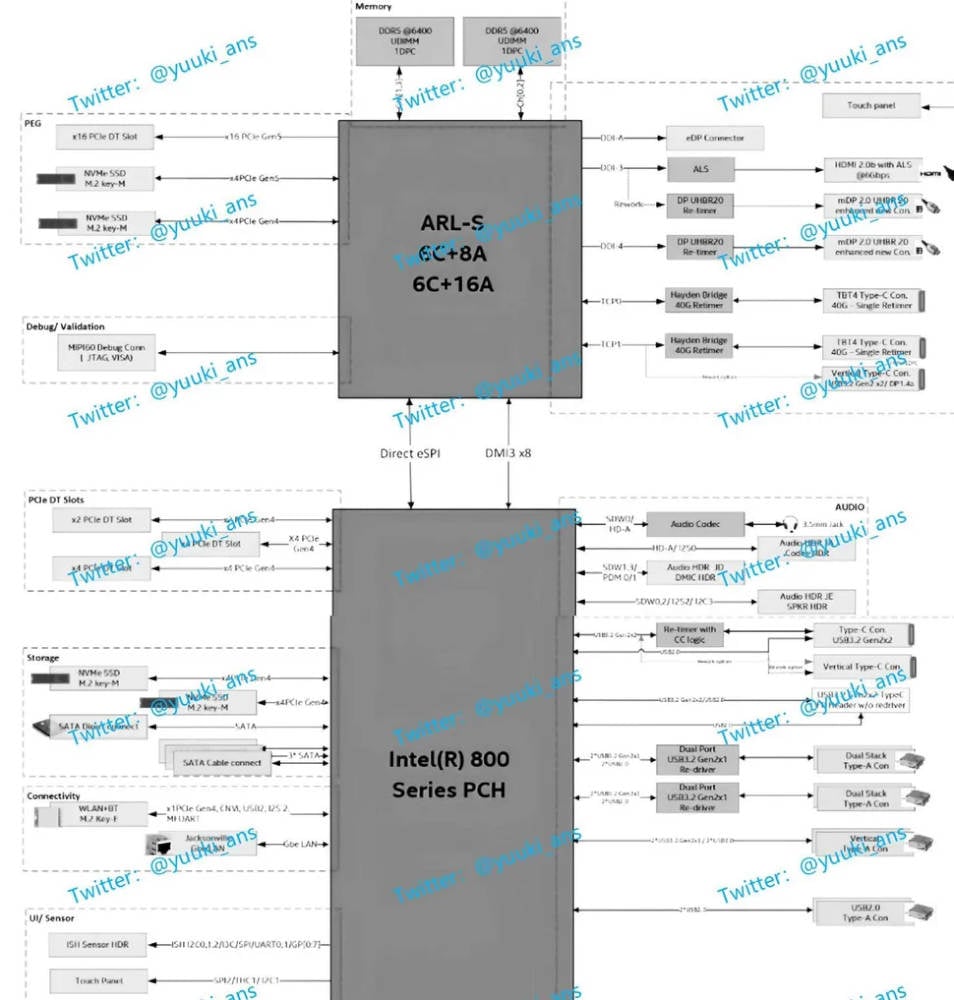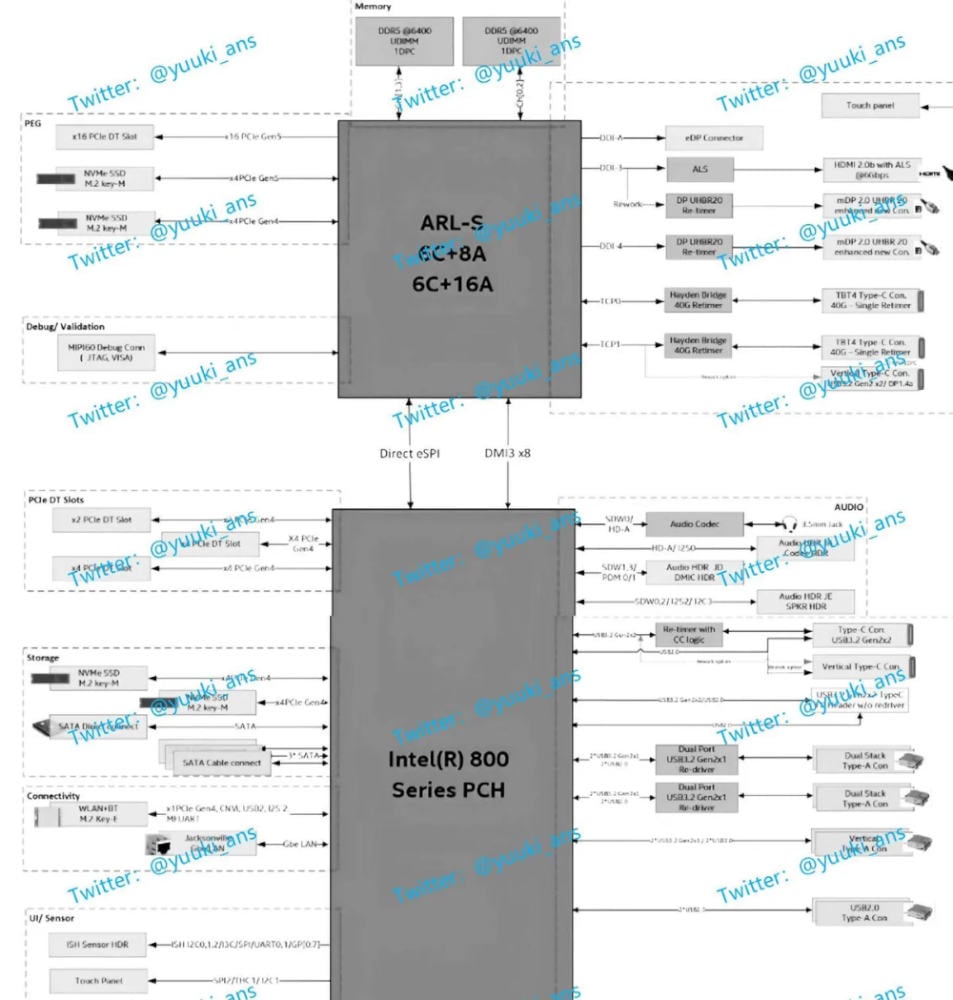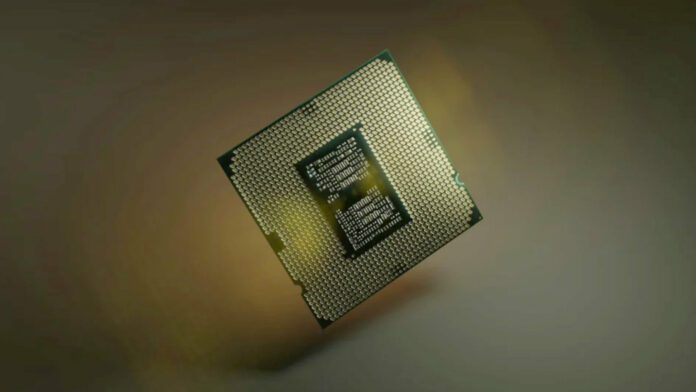A recent Intel leak has revealed some interesting titbits regarding Team Blue’s upcoming 15th gen Arrow Lake-S platform. In particular, the document suggests that Intel might ditch Hyper Threading entirely, among other things.
The alleged Intel documentation was published by renowned hardware leaker YuuKi_AnS on X. However, the original post has since been removed. Thankfully, Videocardz managed to nab the juicy slides before they were taken down. If proven true, then the information indicates a big departure when compared to current gen CPUs.
What is Hyper Threading?
Hyper Threading plays an important role in modern CPUs because it allows more than one thread to run on each physical core. More threads means more work can be done in parallel. In other words, one physical core now acts as two ‘logical cores’ that can simultaneously handle different software workloads. It effectively increases CPU throughput and efficiency, or at least that’s the gist of it.
This means that ditching Hyper Threading could negatively impact performance in multi-threaded applications, especially when compared directly with Raptor Lake. In heavy multi-threaded workloads, Hyper Threading offers up to a 15% increase in performance by enabling logical cores. However, the impact on gaming performance is negligible, and a system will most likely be GPU-limited way before crossing any CPU performance threshold.



Nevertheless, it’s suggested that Intel may consider Rentable Units as an alternative to traditional Hyper Threading. This new method takes advantage of Intel’s hybrid core architecture. It involves splitting and distributing instructions across either high performance ‘P’ and ‘E’ efficiency cores based on complexity.
The documents also indicate that there will be no change to core count when compared to the previous generation. Instead, primary focus has been placed on further improving the CPU architecture. For now, the slides confirm three die configurations including; 8P + 16E cores, 6P + 16E cores, and 6P + 8E cores.

Rounding off, the Arrow Lake processors are said to feature 3MB of L2 cache per core, and faster DDR5-6400 memory. Built on the latest Intel 20A process, it will require a new chipset, and feature a new LGA-1851 form factor. It has to be noted that this documentation is based on extremely early pre-Alpha silicon. As such, it’s best to take the above information with a grain of salt.


